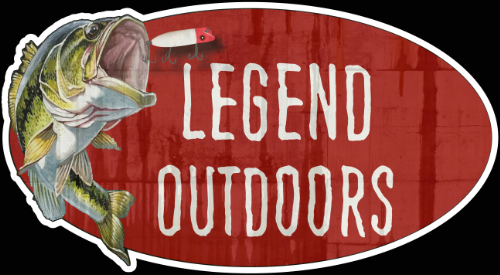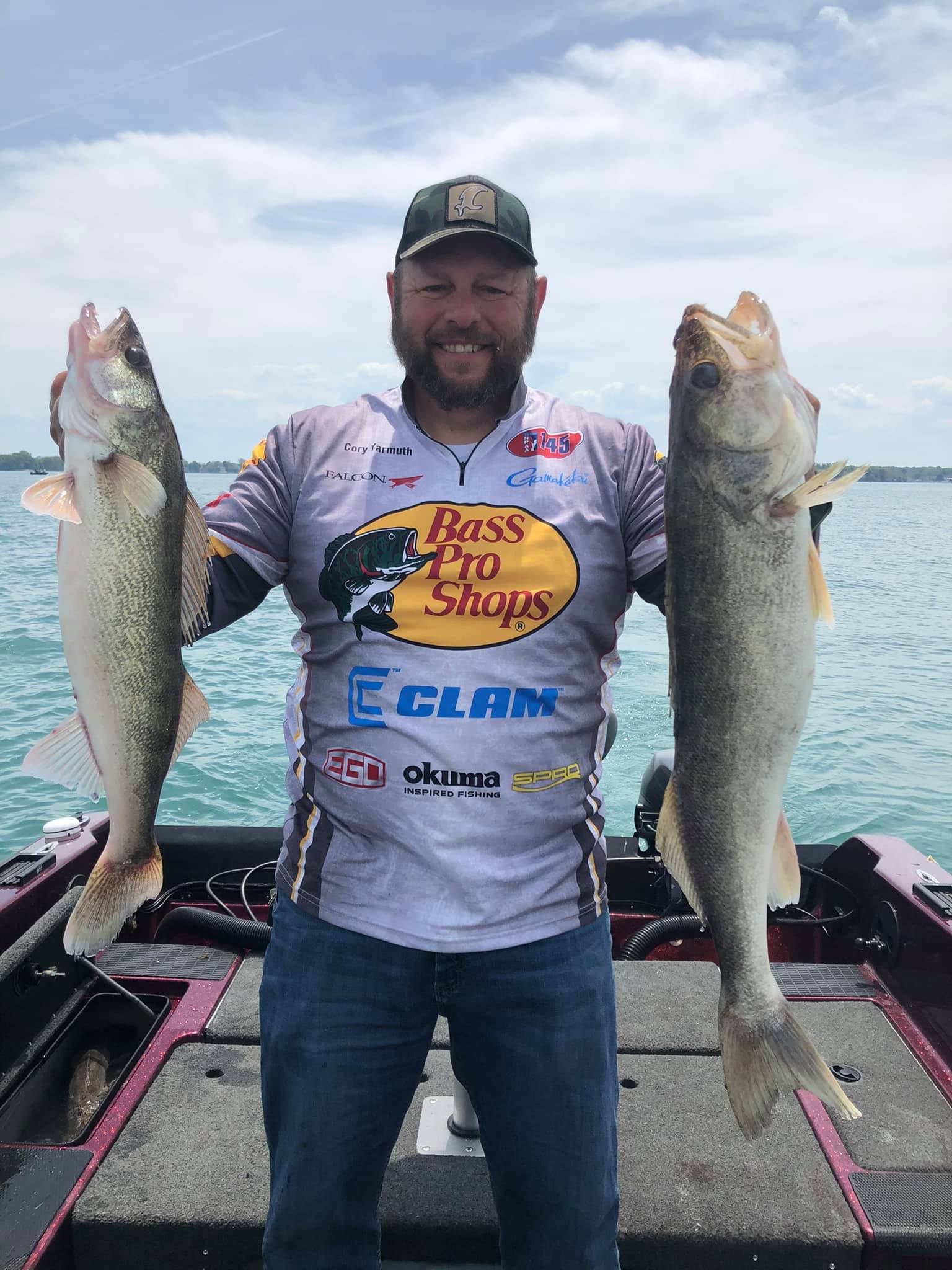Most fisherman are familiar with what most would call hard baits. Fishing these types of baits requires some skill, however they do lend themselves more to the standard cast and retrieve techniques. I wanted to switch it up a bit and talk about one of the more difficult techniques to master and that is fishing soft-plastics.
Plastics can come in a number of different combinations. They range from your crawfish imitations, worm imitators, and then you have your creature style baits. Now don’t forget your topwater frogs and then your minnow or goby imitators. All of these different baits have their time and place when hitting the water.
This is where the bit of complexity comes in when fishing plastics. How do I rig them? How do I fish them? Where do I fish them? All of these are great questions, but without the answers you could be in the dark about fishing these baits and missing out on some great fish catching opportunities.
Words like texas rigged, wacky rigged or Carolina rigged are tossed around when talking of rigging these plastic wonders. These are all styles of rigging a plastic bait to present it in the most effective manner. They all have their own purpose and offer the fisherman a large variety when presenting plastics in search of bass.
The Texas rig is a simple offset shank hook run thru the nose of the bait then coming back out after about a half inch. The hook is pulled through and then turned 180 to pierce back through the bait to create a weedless presentation. The Texas rig often will have a bullet weight in front of the bait to take it down quicker and into the weeds. This rig is probably one of the most popular styles of rigging a plastic bait. You can pretty much rig just about any style of plastic this way and it offers a virtually weedless presentation. When the bullet weight is added to the nose you can slowly work the bait in and through the weeds and put the bait down to where the fish are.
Wacky rigging is a bit of an odd style just as the name implies. Typically this is done with your worm or stick style plastics and it is a simple rig to accomplish. This is just a #1/0 or 2/0 hook that is used and the plastic is impaled right in the middle of the body by the hook. Often times you can use a rubber o-ring on the bait to run the hook behind to reduce the tearing of the bait. This presentation allows the bait to flutter down with a natural look to it and because the hook is in the center of the bait this allows a good hook-up ratio. This method is exceptional for skipping under docks or around wood structures. The slow fall of the bait makes it hard for a bass to resist.
Carolina rigging is very similar to a Texas rig but instead of having the weight directly on the nose of the bait there is typically a leader of 18”-36” from the bait to the weights. The plastics that are typically used on this rig are creature style baits or a plastic lizard. This rig is typically used in deeper water situations and the weights are often in the ½ to 3/4oz range. One thing that makes this rig special is the use of a glass bead and a brass style weight to create a clacking type of noise in the water as the bait is worked along the bottom. A simple dragging or twitching technique is used to give the bait an action as though it was crawling along the bottom. Clacking of the weights brings attention to the presentation and can often make a huge difference when fishing pressured fish.
As I mentioned earlier there is a bit of technique to fishing plastics. They are not just a cast and retrieve style of bait. It is up to the angler to impart some action into the bait and create a presentation that looks real and alive. Your presentation should fit the style of plastic you are using. If you have a crawfish style bait use the hop and drag technique. Work it along the bottom and give it the action that you would expect from a crawfish. If you have a minnow imitator then work it with quick jerks or snaps of the rod to impart a dart and fall style of action. The more realistic your presentation is the more like you are to get bit by a hungry bass.
Not only is presentation important but where you fish them will have a great impact on your catch ratio. Your casts should be to specific parts of cover or structure. Target the structure and work your baits in and around it. Don’t be afraid to pitch way under a dock and work the bait slowly back around each piling. Throw up into bushes or even downed trees and crawl the bait over and through the branches. With the texas rig you can even punch through the heavy weeds to get that bait down to where the fish may be holding.
The last piece of the plastics technique is detecting the strike. You don’t get that quick jerk that you would get with your crankbaits or spinnerbaits. It is a more subtle style of strike that often can only be detected by watching your line. The key is to keep your eyes on your line and use as sensitive of a rod that you can. When you see your line moving or stop moving then you know that a fish has taken your offering. Reel down and cross his eyes!
There is something very rewarding about hooking and landing a big bass on plastics. When fished properly you can put more and often times bigger fish in the boat. Don’t let these styles of baits intimidate you. The more you use them the better you will become with them and it will only make you a better fisherman.

